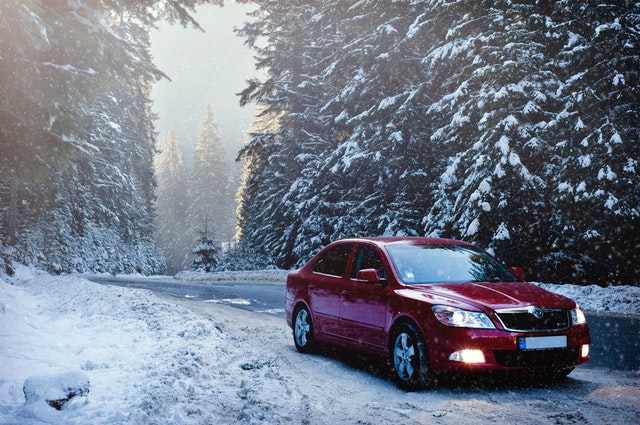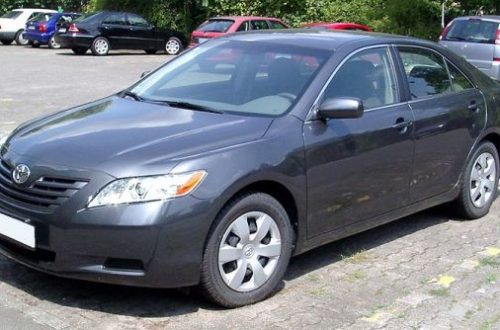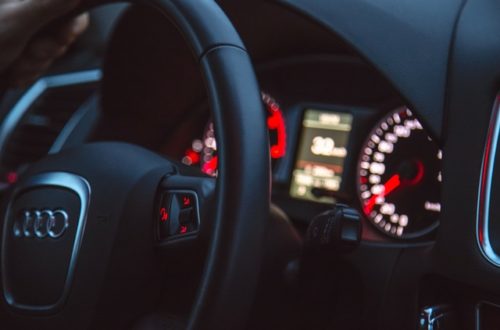Driving Tips to Save Fuel This Winter

Winter is a difficult time of year for a lot of people, and it’s also a tough time for the environment. The more we have to control our surroundings to accommodate drastic highs and lows, the more emissions we end up putting out, with 2018 marking an all-time high of global industrial carbon emissions. Global warming and carbon emissions create a vicious cycle that is becoming more difficult to offset each year; however, it’s still crucial to do our part to live sustainably. One of many aspects we can work on this winter is reassessing our driving habits to save fuel and drive more carefully during risky conditions.
Safe Winter Driving
Not all weekends are created equal. If you’re planning a weekend road trip to a nearby city during the winter, gauge the urgency of the trip in accordance with the weather. Depending on where you live and where you’re planning on going, the weather may be too dangerous to drive, even if the roads haven’t been closed by highway patrol. According to the Federal Highway Administration, approximately 1.25 million weather-related crashes occur each year. Even with the most careful driving, it can be almost impossible to prevent an accident during certain weather conditions.
If your trip can’t wait, plan your drive during daylight hours when you’ll have increased visibility. Fog and precipitation often prevent drivers from seeing black ice or gauging the speed of nearby cars, which can cause a driver to not take the proper precautions in dangerous road conditions. Another way to prevent accidents is to pay attention to the temperature outside; if it’s under 32 degrees fahrenheit, chances are that the road is icy, so drive accordingly and avoid using cruise control under these conditions.
Prepare your car for the winter by changing into snow tires and chains. At times, highway patrol will only allow those with tire chains to proceed on a highway and will make those without them turn around. If you’re driving in snow, switch to a lower gear in order to maintain more control of your vehicle, even if you’re going uphill. Give yourself ample time to stop to avoid skidding; if you do skid, steer into the direction your car is going to regain control of your car. In a worst case scenario, you’ll want to have packed some food and extra fuel in your car in case you get stuck somewhere, so keep an emergency kit in the trunk of your car.
However, if it’s an option to simply stay home instead of drive, that’s usually the safest choice. Even if you’re only considering driving to work, check with your manager to see if working remotely is an option if your job is based online. Just a small amount of snow can cause drivers to lose control of their vehicles and crash into other cars, so it’s best to avoid driving altogether if possible. Not driving, or simply being extra cautious, can help prevent you from wasting gas as you idle waiting for a traffic accident to clear up. It can also help you get from one place to the next more quickly, which should save gas as well.
Eco-Friendly in Winter
Although limiting driving and decreasing your risk for accidents are good ways to decrease your carbon footprint, it’s also a good idea to think about your energy use while you try to keep warm over the winter months. Start by conducting a home energy audit to inspect your home for faulty appliances or ones that aren’t working efficiently. These can increase your use of energy as they strain to meet your usage needs.
Another way to use less energy in the winter is to ensure your home is properly insulated. Heavy blinds or curtains can decrease the heat that leaves your home through your windows and prevents your home from becoming cold as well. If you’re someone who becomes cold easily and likes to stay warm, consider bundling up with sweaters, warm socks and slippers, and thermal wear in order to comfortably lower the overall temperature of your home. Lowering your heater by 7 to 10 degrees can help you save up to 10 percent on heating costs.
There are many ways to live sustainably during the winter, and many of them take only a little extra caring and effort. Avoid road trips, even short ones, and driving in general during the winter unless it is absolutely necessary. Not only will this help save fuel, it may also save your life. If you must drive, drive extremely carefully and make sure your car is prepared for winter conditions. If you have the means to winterproof your home and increase insulation, that can also work wonders in decreasing the amount of energy you use. Even if you prefer to wear shorts and tank tops indoors, training your body to be comfortable in extra clothes during the winter can help the environment. These are all decisions that are entirely up to you, but it’s important for everyone to do their part where they can.
Would you like to receive similar articles by email?





